
An Architect turned Designer currently exploring the realm of Ergonomics & Human Factors. I am fascinated by people-place interactions and digital experiences.
Main Project
COGNITIVE DIMENSIONS
IN WAYFINDING
“A Practical Study on the Implications of Cognitive Abilities in Wayfinding in Complex Outdoor Environments.”
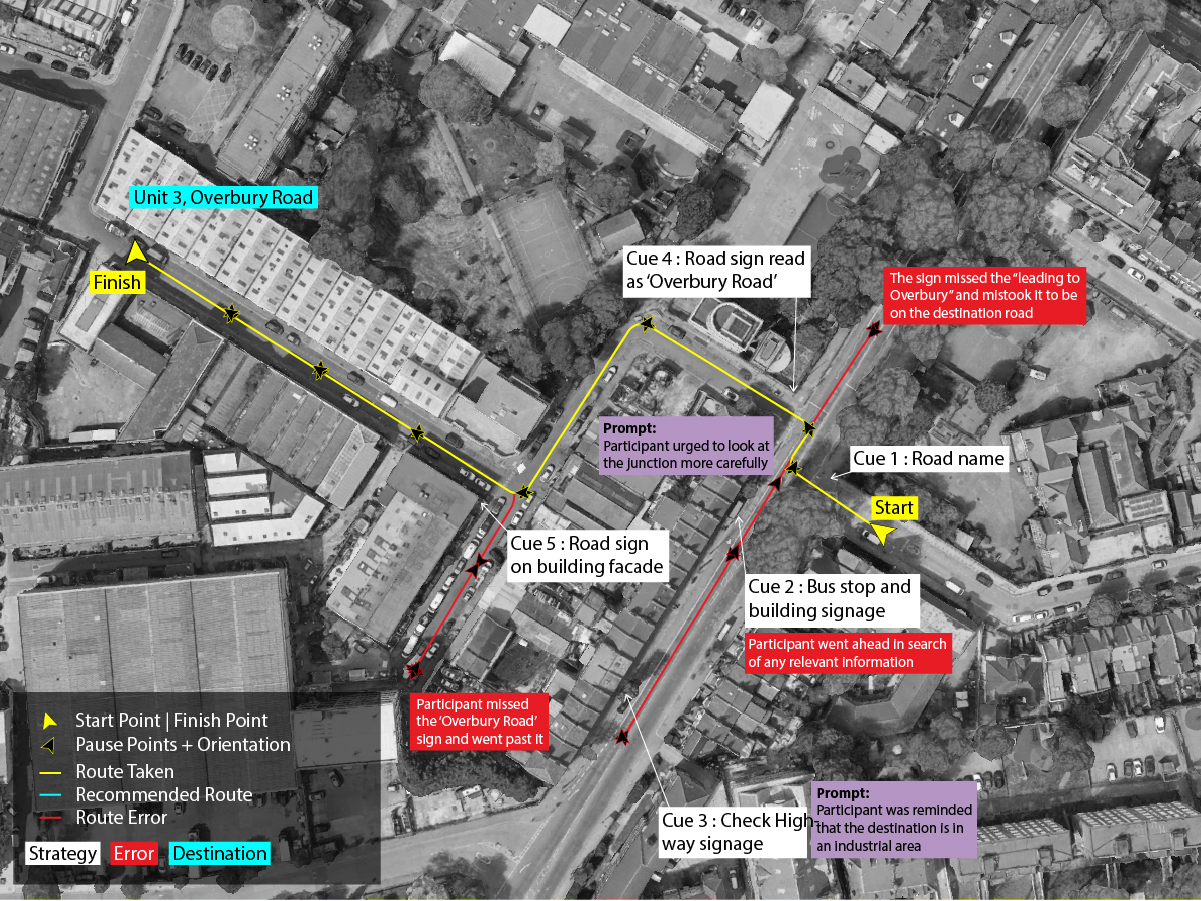
“… wayfinding is an activity that confronts us with the marvellous fact of being in the world, requiring us to look up and take notice, to cognitively and emotionally interact with our surroundings”
M.R. O’Connor
Aim
“To understand the intricacies of cognitive abilities in wayfinding through complex external environments, specifically an industrial area in a city context.”
Objectives
(1) To study various theories about wayfinding in all physical settings and complex outdoor environments.
(2) To explore individuals’ strategies and mental representations while traversing said spaces.
(3) To examine the role of attention and spatial cognition in understanding and navigating complex environments.
(4) To devise a strategy for improving navigation in complex outdoor environments.
Research Questions
RQ1. What are the common issues with wayfinding in complex industrial areas?
RQ2. What are the user preferences regarding decision-making during wayfinding?
RQ3. What is the relationship between cognitive load and navigational abilities?
RQ4. What practical solutions can be suggested for solving wayfinding issues? How can they be implemented effectively?
Methodology
Survey
A link to a Google form with questions on their navigation challenges was sent to each participant. This questionnaire employed the Santa Barbara Sense of Direction Scale (SBSOD) consisting of 15 statements with an ordinal scale, which is to be used to depict the level of agreement with the statement.
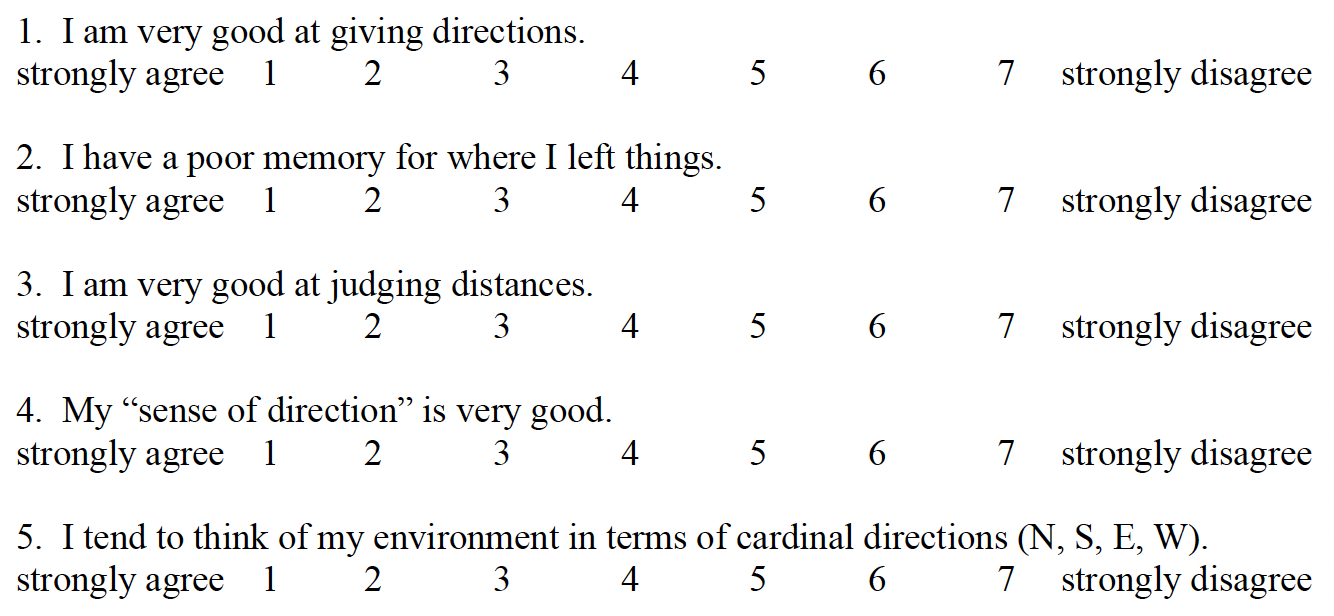
Online Wayfinding Task
‘Geoguessr’, an online edutainment website, was utilised, with an interface similar to the classic Google Street map view in pedestrian mode. The task design comprised three rounds of 3 minutes, 4 minutes and 5 minutes each. Participants were dropped in the exact, pre-determined locations each round and asked to find their way to a fixed destination. During the task, participants were urged to use the Think-Aloud method to verbalise their strategies and obstacles.
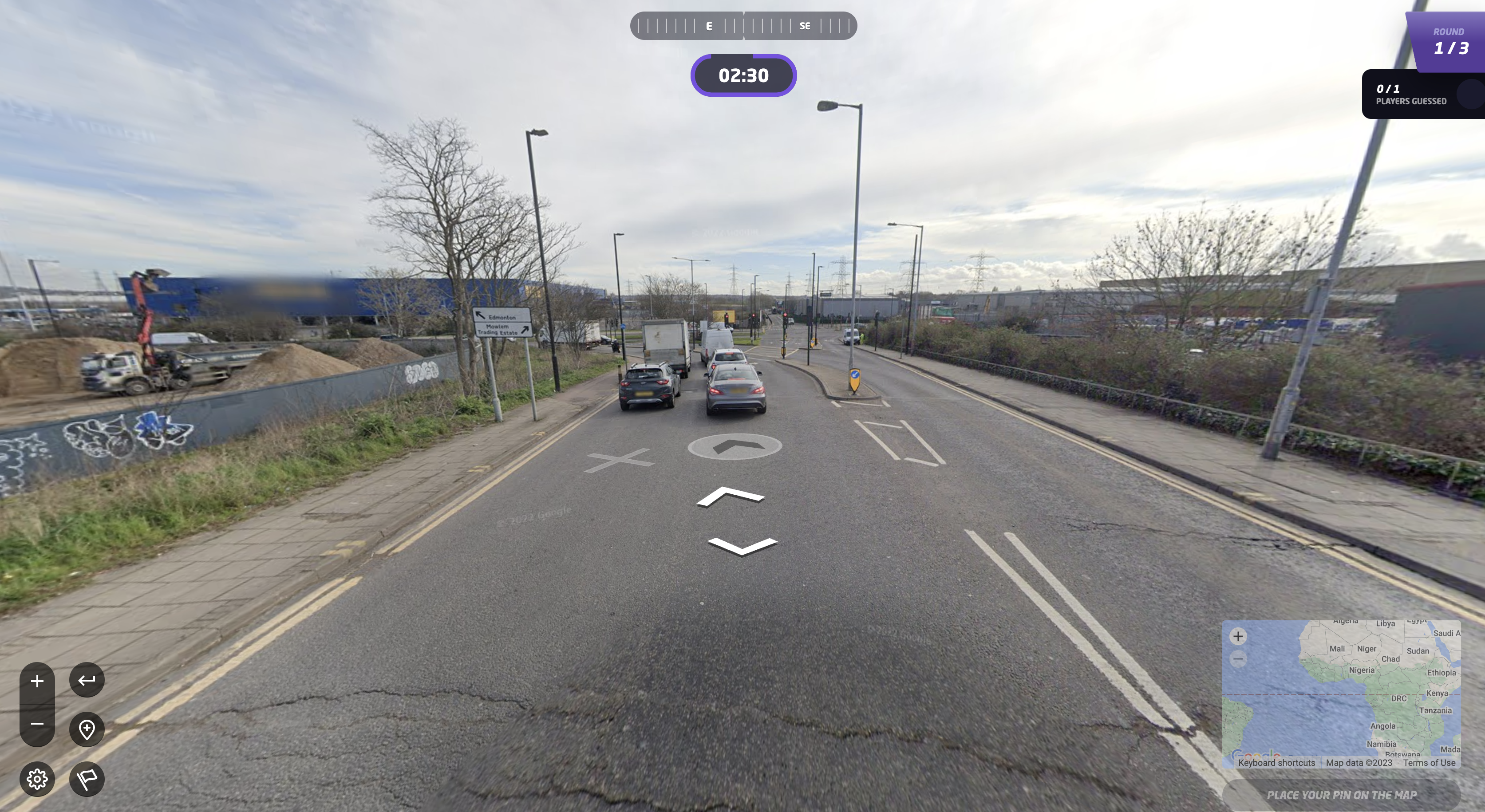
Mental Rotation Test
The Vandenberg Mental Rotation Test (MRT) comprises 24 3-D items, three on eight PowerPoint slides. Each item is comprised of one question figure and four answer figures. Standard administration instructions of the Vandenberg MRT were utilised. Post the task, participants were required to fill out the NASA – TLX (Task Load Index), a subjective multidimensional assessment tool that questioned the task’s total workload on the participants.
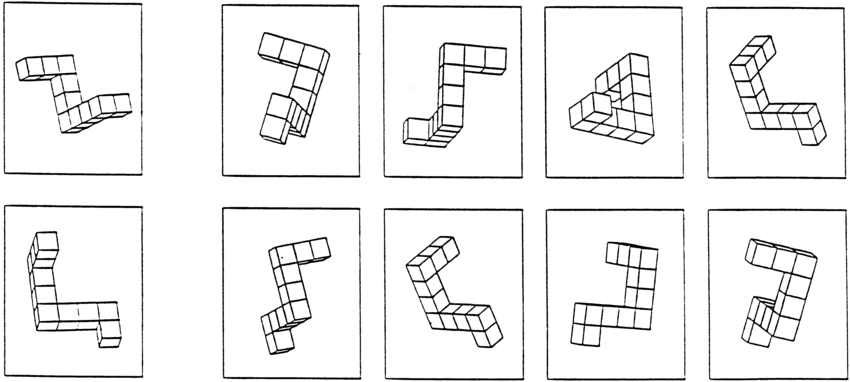
Results
1. Common issues in wayfinding in complex industrial areas
53.8% (n=7) of the participants felt they did not have a very good ‘mental map’ of their environment. Almost half the participants – 46.2% (n=6) disagreed with the association of cardinal directions with their perception of the environment. Additionally, 30.8% (n=4) of the participants felt confident in their ability to retrace their route from the destination, while an identical proportion of participants were neither confident nor doubtful in their abilities.

2. User preferences regarding decision-making during wayfinding
Participant inclinations in wayfinding revolved around favoured navigational prompts. These preferences shape successful route navigation, improving people’s spatial orientation and decision-making during route navigation.
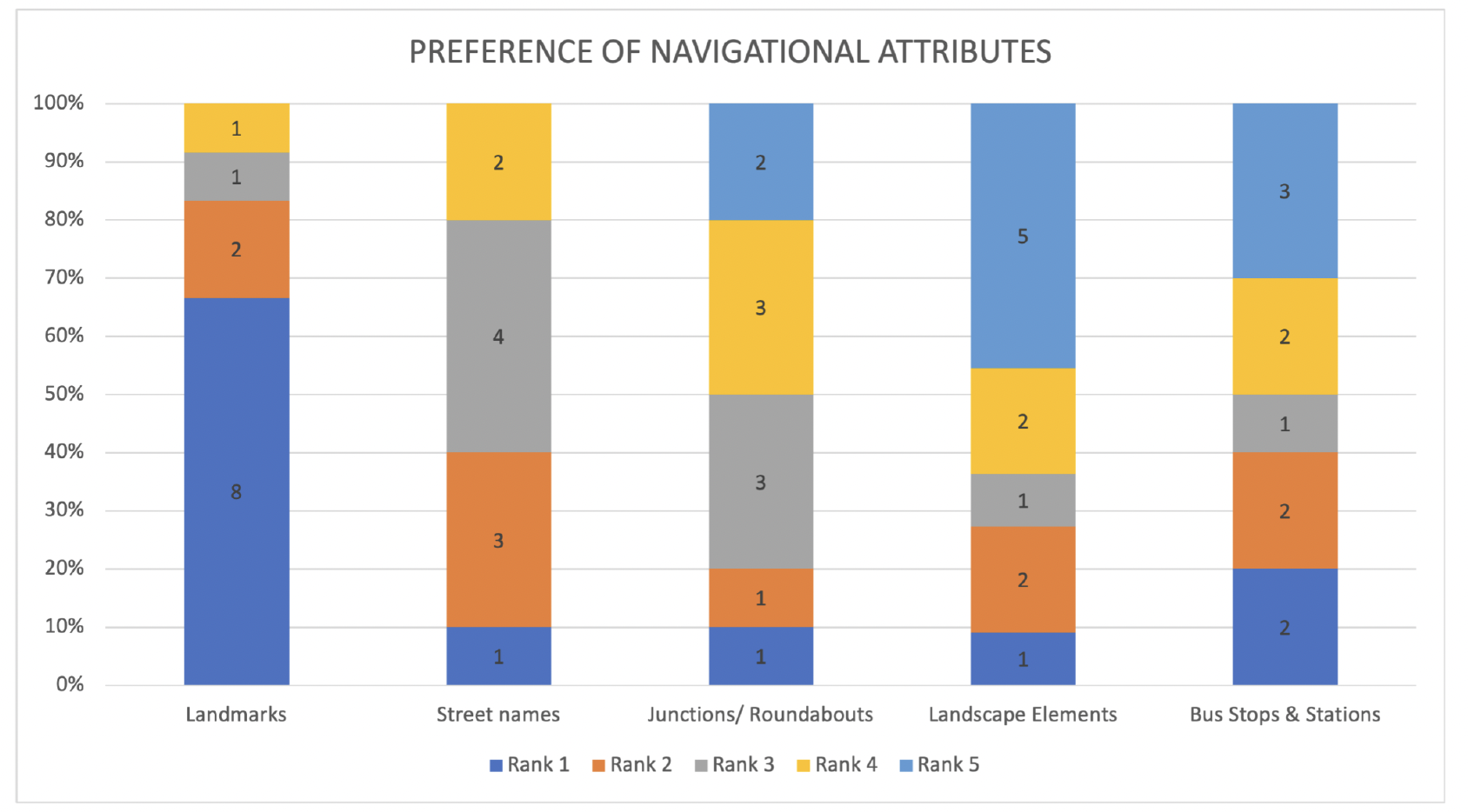
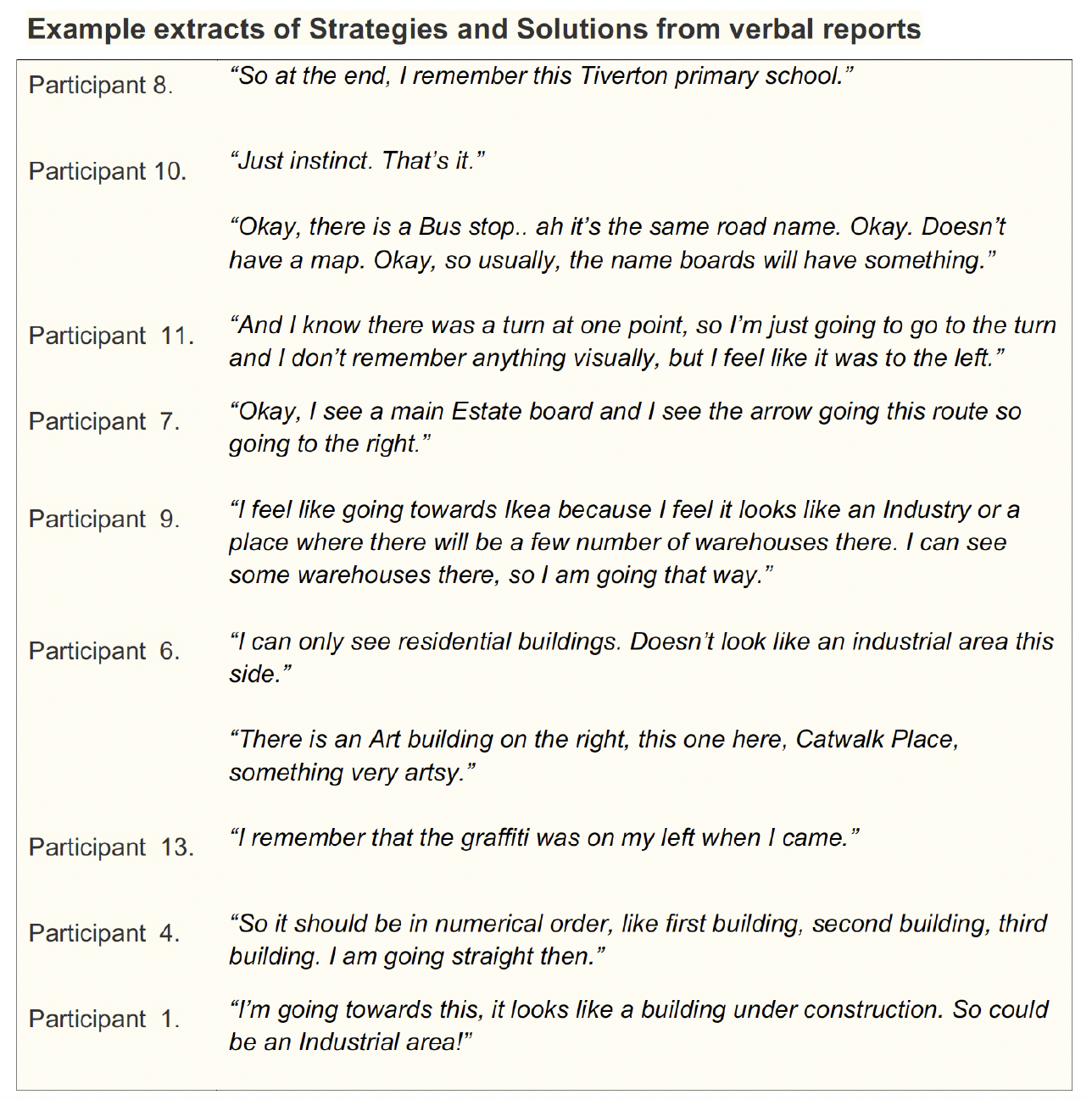
3. Relationship between cognitive load and navigational abilities
To understand the relationship between cognitive load and navigational abilities, the following associations were studied based on task results:
- Relationship between an individual’s sense of direction and mental workload.
- Effect of Orientation and Configuration on Spatial Perception.
- Effect of Gender on Wayfinding Performance – Variation of mental workload, Effect of Spatial Perception, Variation in Sense of Direction and Efficacy of wayfinding strategy in route-finding.
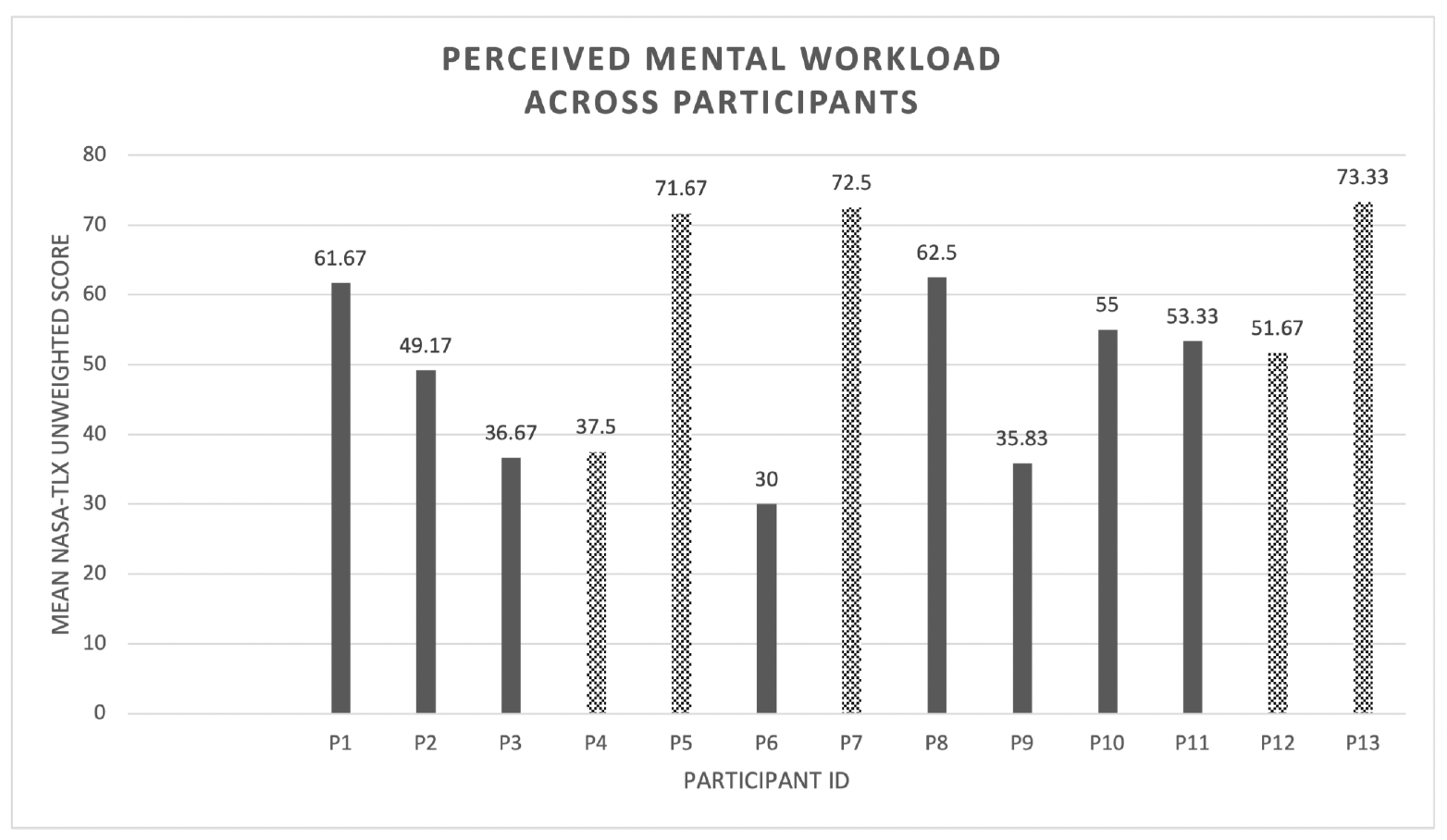
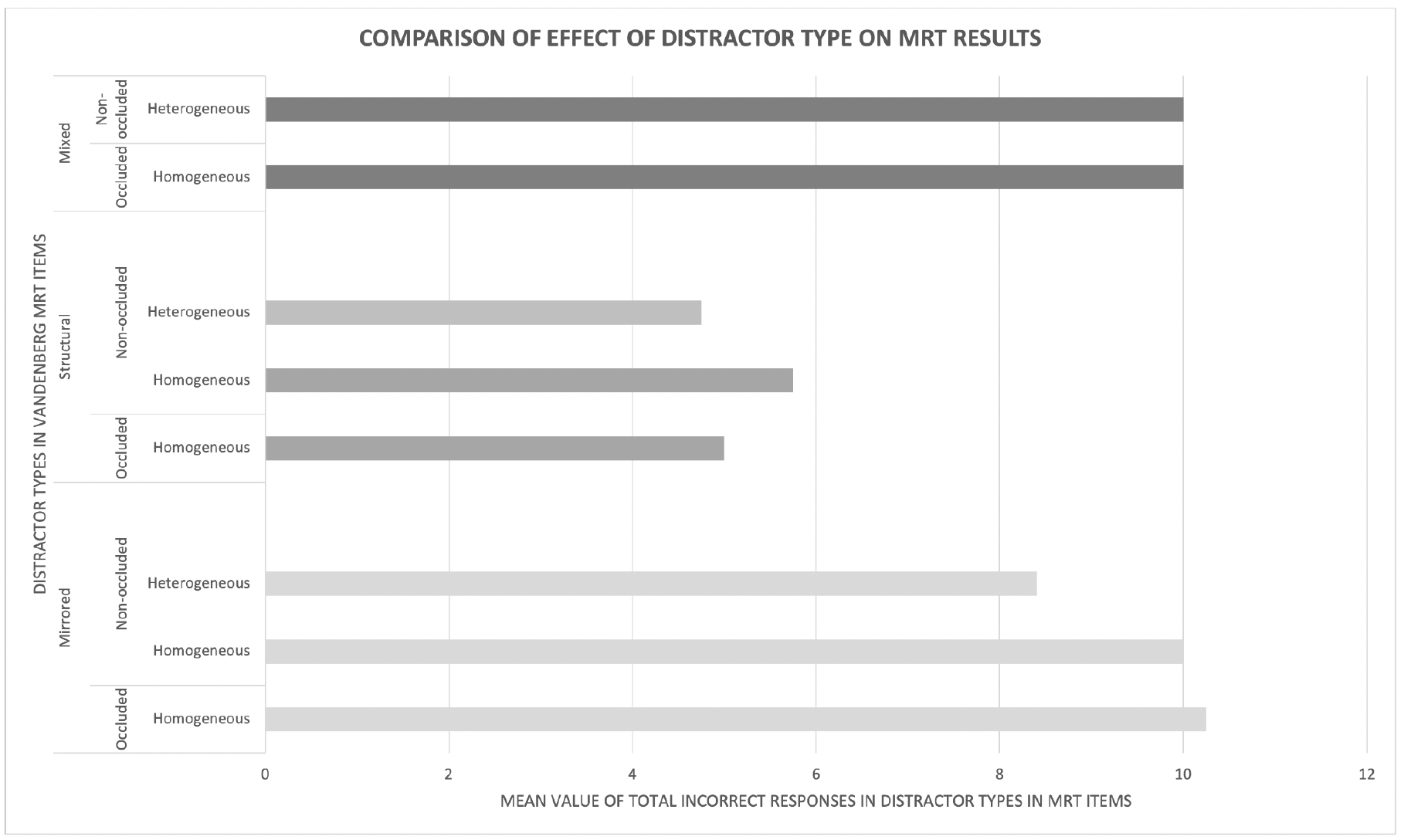
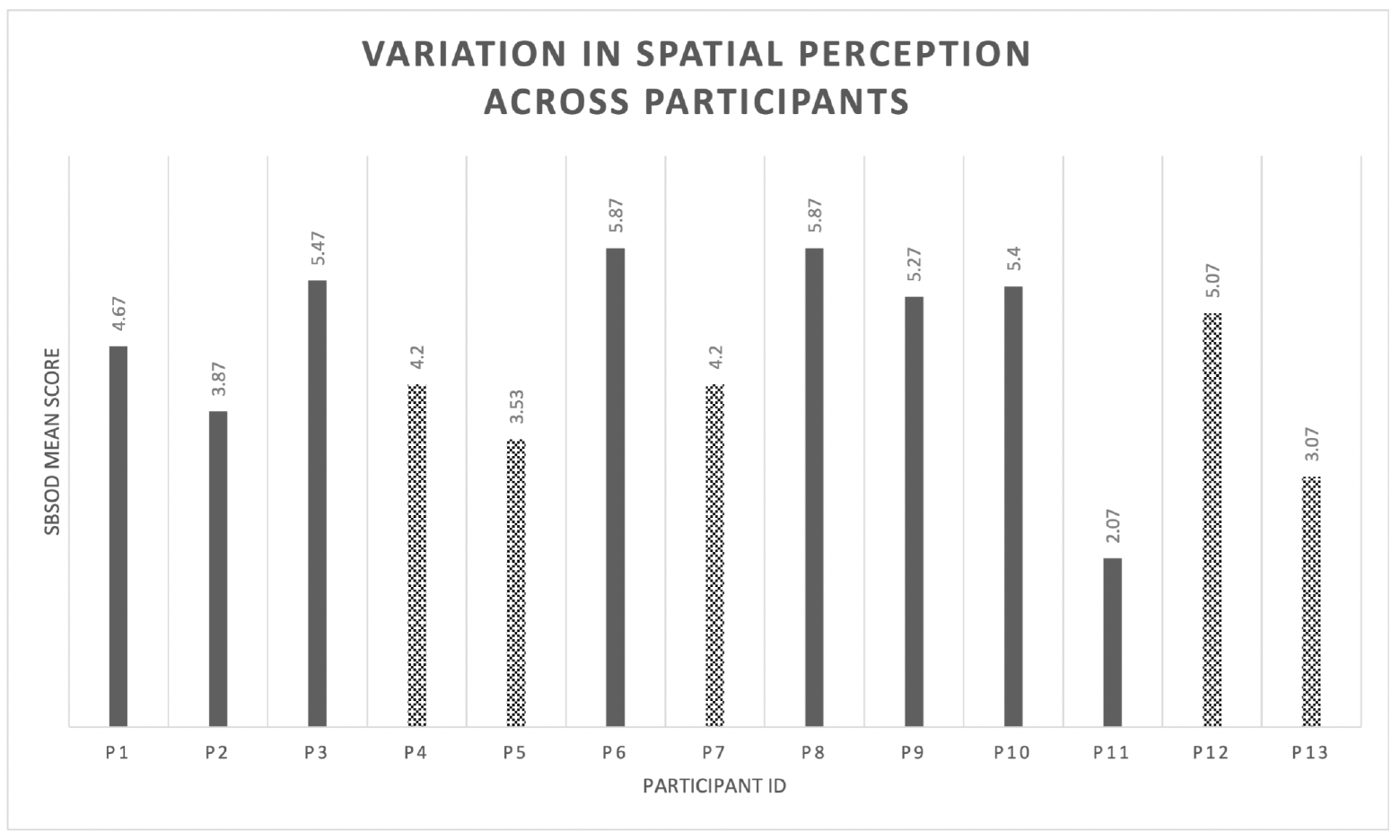
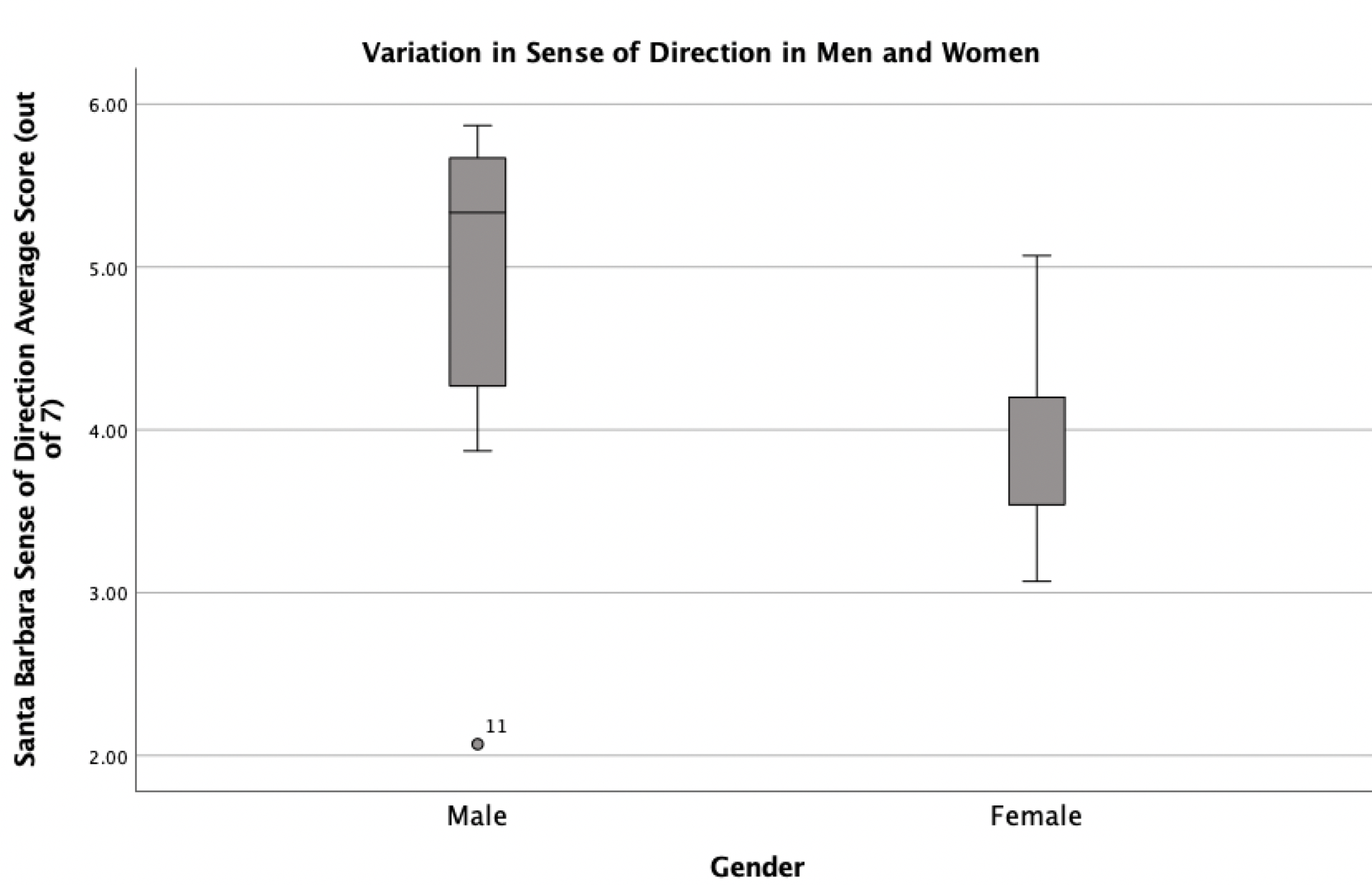
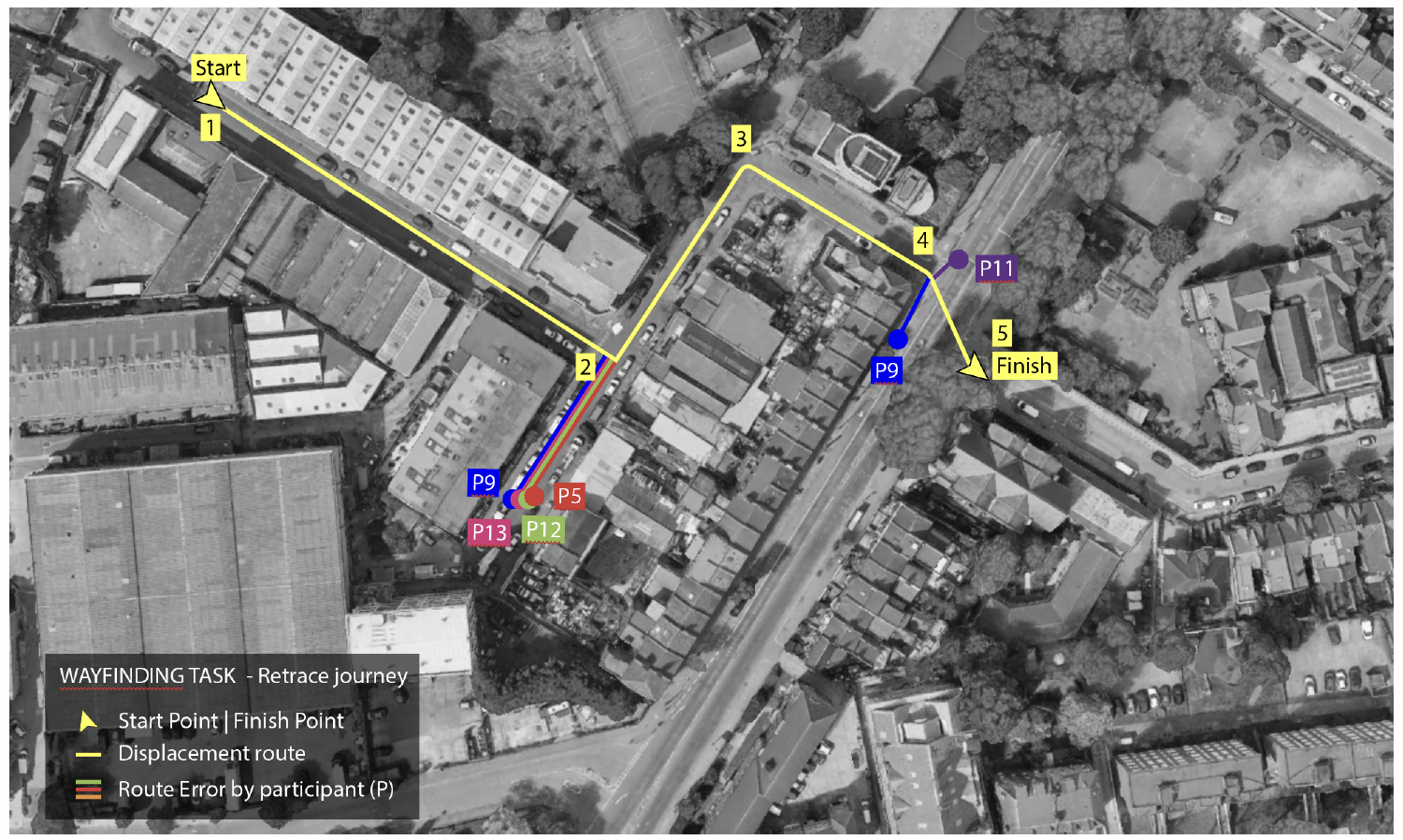
Discussion & Conclusion
This study delved deeply into the intricate cognitive processes of navigating complex industrial environments. The findings unveiled the formidable challenges individuals encounter in such spaces while notably highlighting participants’ inclination towards landmarks and distinctive structures as navigational aids. This resonates with established wayfinding strategies. Gender disparities in spatial perception and wayfinding performance were consistent with prevailing research. While the study’s scope omitted considerations of disabilities, a vital aspect in navigation, it sheds light on the pressing need for inclusive designs and comprehensive exploration of diverse populations. In totality, this research enriches one’s comprehension of the intricate cognitive processes underpinning effective wayfinding. It highlights the pivotal roles of spatial perception, navigational preferences, and gender dynamics in shaping navigation performance. By addressing these multifaceted aspects, future wayfinding solutions can be meticulously tailored to be user-centric, efficient, and all-encompassing, elevating navigation experiences in intricate and demanding environments.
Experience
Mar 2023 – Present | Wayfinding Design Assistant | Design JD, Surrey, UK
Sept 2021 – Aug 2022 | Digital Experience Designer | Guerilla Art & Design, Delhi, IN
June 2021 – Aug 2021 | Visual Designer | Bblewrap Innovations, Kochi, IN
Aug 2013 – 2015 | Junior Graphic Designer | Emvigo Technologies, Chennai, IN
Visionary Thinkers
Visionary Creators
Visionary Makers